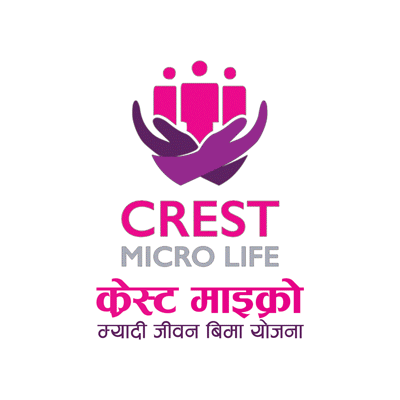An overview of Nepal’s Insurance Industry
By: Upasana Poudel, CEO of Himalayan Reinsurance Limited
The insurance industry in Nepal stands at a pivotal juncture, poised for transformative growth and innovation. Over the past few years, we have witnessed a notable shift in both consumer behavior and regulatory frameworks, setting the stage for an unprecedented opportunity to enhance financial security for millions of Nepalese citizens in sectors like health, life, motor, and infrastructure insurance. However, as much as these developments present new opportunities, they also bring challenges that require careful navigation, especially from a reinsurer’s perspective.
Growth Amidst Challenges
Nepal’s insurance sector has long been underdeveloped, with a very low penetration rate. For decades, insurance was seen as an afterthought, largely limited to a small portion of the urban middle class. However, a combination of factors has contributed to a steady rise in awareness and participation. The government’s aggressive push for financial inclusion, coupled with rising economic aspirations of the population, has made insurance more accessible and desirable.
As a reinsurer, this growth offers significant opportunity. Local insurers, while eager to expand their portfolios, lack the capital base to fully underwrite large or complex risks. This is where domestic reinsurance companies come in—helping insurers by taking on a portion of their risk, thus enabling them to offer more comprehensive coverage to clients and expand their capacity to insure larger, more sophisticated ventures.
But our involvement is not merely transactional; reinsurance companies also bring technical expertise and risk management capabilities that are still developing within the local market. This collaborative approach helps mitigate risks, making the entire ecosystem more robust.
Nepal’s Unique Risk Landscape: Natural Disasters
One of the most pressing challenges in Nepal’s insurance market is the country’s vulnerability to natural disasters. Earthquakes, floods, and landslides are frequent and potentially catastrophic. The devastating earthquake in 2015 and much recent unfortunate flood in Kathmandu valley on September 28, 2024, was a stark reminder of this ever-present threat. Such events lead to massive claims, stretching insurers’ balance sheets and requiring immediate support from reinsurers to manage liquidity and payout pressures.
For reinsurers, catastrophe risk is a critical concern. The unpredictability of natural disasters forces us to design more sophisticated models and reinsurance products that can account for worst-case scenarios while ensuring both local insurers and their clients are adequately protected.
Regulatory Changes and Opportunities
Recent reforms led by the Nepal Insurance Authority (NIA) have been instrumental in shaping a more stable and transparent insurance market. The regulator has introduced higher capitalization requirements, tighter governance structures, and greater oversight. These reforms are crucial to ensuring that insurers are well-capitalized and able to meet their obligations.
A key development has been the mandatory insurance provisions introduced for various sectors. From life insurance to health and property insurance, these mandates are encouraging more people to understand the value of being insured.
Additionally, the introduction of microinsurance companies & policies specifically targeted for low-income groups is a step in the right direction. These policies allow underserved communities, especially those in rural areas, to benefit from insurance protection at affordable rates.
Conclusion
Nepal’s insurance industry is at a tipping point. We have the technology, the regulatory support, and the market potential to create a lasting impact. The path ahead requires innovation, collaboration, and a deep commitment to serving the needs of our customers.
One area where the Nepalese insurance market is still developing is in terms of technical expertise and risk management. Many local insurers still lack advanced underwriting skills, especially for complex or specialized risks such as infrastructure projects or large industrial ventures.
As reinsurers, we are not only risk-takers but also educators. A significant part of our role is to help local insurers understand the nuances of advanced risk assessment, pricing models, and claims management. By doing this, we enhance their capacity to better serve the market while also protecting our interests as their reinsurers.
I believe our collective success will depend on our ability to adapt, innovate, and maintain a long-term perspective. For reinsurers, this is an exciting time to be involved in Nepal’s insurance market, and I am confident that the sector’s best days are yet to come.
: Upasana Poudel, CEO of Himalayan Reinsurance Limited, one of Nepal’s leading re-insurance providers, and a firm believer in the transformative power of insurance.
























